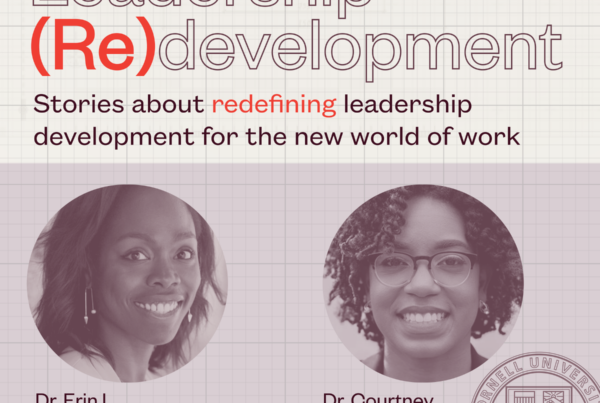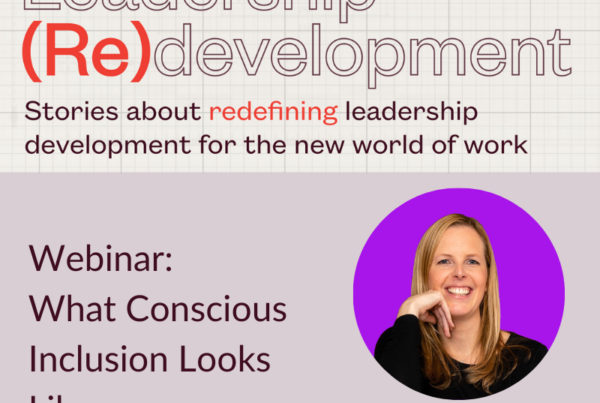Do more with less. Make sure your programs scale. You’ve got to be able to show the ROI.
If you’re an HR or L&D leader, chances are you’ve heard these directives before. And in this coming year, chances are that you’ll be trying to do all of this with your leadership development programs. According to recent research from Gartner, driving leader and manager effectiveness is the top priority for HR leaders in 2024.
When it comes to leadership development, the path to scale often looks the same: You try to find inexpensive solutions that touch every employee – for instance, a one-time leadership training.
The problem: these scaled solutions often don’t provide lasting behavior change or organizational ROI. Which you probably also know. But what are you supposed to do instead?
In recent years, coaching has gained traction as a tool that drives sustainable behavior change. And now, new Torch research shows that the effect of coaching extends beyond the individual being coached to their team, and the broader organization, creating a virtuous cycle of positive change. This is known as the coaching ripple effect. Put simply: The coaching ripple effect offers a more strategic, sustainable, and effective path to scale leadership development. It means not everyone has to get a coach to feel the benefits.
What do those benefits look like? Here are three takeaways from the research:
- When managers change, direct reports change, too. A significant majority of respondents report experiencing changes in their own skills (91%), mindsets and experience as a result of their manager being coached. Respondents selected 4 skill categories on average out of a possible 11 ( including ‘other’ and ‘not applicable’ as selections).
- More time spent in coaching drives a stronger ripple effect. The longer that a manager spent in coaching, the stronger the ripple effect was on their direct report. Compared to managers who experienced less coaching, managers who were coached for seven months or more on average had a stronger impact on direct reports’ work satisfaction, organizational commitment, positive attitude at work, and sense of psychological safety.
- The ripple effect can impact organization-level metrics. Retention, promotion, and performance of direct reports are the measures most likely to be positively influenced by coaching.
Though empirical evidence is exciting, the ripple effect also makes sense based on what we know from behavioral science. When managers become better leaders, they inspire changes in the people around them. Those workers feel more valued, recognized, and listened to. Perhaps unsurprisingly, those workers are then more likely to stay at their jobs, boost their performance, and increase the chances that they’ll be promoted. If you’ve ever reported to a manager who started to change for the better, this might be an experience you recognize having, too.
Our research also underlines an important caveat: Coaching is a powerful tool, but it’s not a workplace panacea. To unlock its positive impact, senior leaders must also build a culture that rewards positive leadership behaviors – like active listening, asking questions, promoting inclusivity, and giving actionable, empathetic feedback. This means taking a close look at policies, practices, and systems, both formal and informal.
Are you excited about the possibility of the ripple effect, but unsure of how to start a coaching program? The best part about coaching, and building a supportive culture, is that you can start wherever you are: with one person, or multiple people. You can start with a program already in place, or with the seeds of an idea for what one could look like. Coaching is a tool that’s designed to meet you and your organization where you are, help you reach your own unique goals, and create ripples of positive change along the way.


